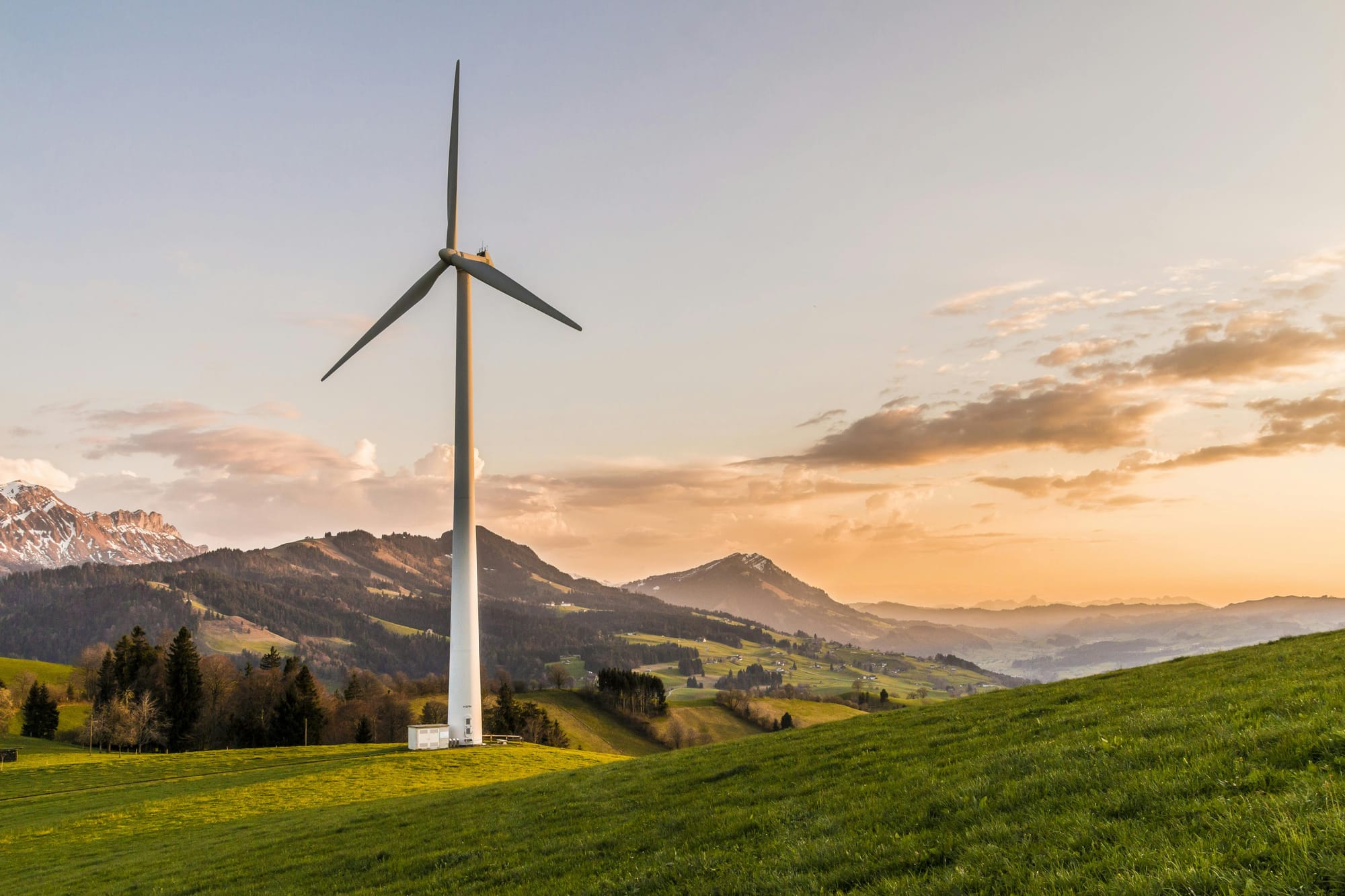Kinder Morgan sees profit growth from increased U.S. natural gas demand

Introduction
Natural gas demand is reshaping the U.S. energy landscape as consumption rises across sectors. Kinder Morgan, as a leading force in this sector, experiences significant growth in profits, driven by surging energy demand. With energy market trends tightly interwoven with commodity prices, the company finds itself in a favorable position. Policy shifts and climate influences add further layers to the complex energy dynamics, impacting future energy demand.
Rising U.S. Natural Gas Demand and Market Trends
The spike in natural gas demand in the U.S. sparks conversation about its causes and effects:
- Increasing electricity needs in residential and industrial sectors boost demand.
- Natural gas remains a popular choice for heating, especially during challenging weather conditions.
- As industries shift towards more sustainable energy, natural gas presents an appealing alternative, balancing cost and efficiency.
U.S. energy consumption patterns reveal a significant sway towards natural gas, altering the energy sector's fabric. As consumption trends shift, the broader energy market also adapts, suggesting new levels of competition and innovation.
Kinder Morgan's Performance Growth
An increase in U.S. natural gas demand directly correlates with Kinder Morgan's profit growth:
- Kinder Morgan profits have soared alongside rising demand.
- Revenue has increased as pipelines and storage facilities operate at higher capacities.
- Strategically positioned, Kinder Morgan capitalizes on these opportunities, investing in infrastructure expansions to support increased supply needs.
Kinder Morgan revenue reflects its strategic agility in meeting sector demand, solidifying its prominent position within the U.S. energy landscape.

Policy and Climate Influences on Energy Demand
Energy policy profoundly impacts energy market shifts:
- Regulations determine energy production methods, influencing market dynamics.
- Policy impact on energy demand includes incentives for cleaner energy sources.
- Climate factors, such as extreme weather, sway natural gas usage—colder temperatures increase heating demands.
Future energy demand hinges on current policies and climatic forecasts, suggesting possible shifts towards renewable sources, impacting traditional energy companies.

Commodity Prices and Consumption Patterns
The relationship between commodity prices and energy demand is integral:
- Rising gas prices can reduce demand as consumers seek alternatives.
- Conversely, low prices spur usage, strengthening demand for natural gas.
- Kinder Morgan's financial performance ties closely to these price fluctuations, affecting profit margins.
Existing consumption patterns continue to shape the natural gas market, highlighting the need for adaptation to maintain relevance.
Future of the U.S. Energy Sector
As the U.S. energy sector evolves, future trends indicate both opportunities and challenges:
- Innovations in sustainable energy offer potential pathways for growth.
- Investment in technology could further optimize energy production and consumption.
- Energy companies like Kinder Morgan may thrive by adapting to these trends, ensuring they stay competitive and responsive to market demands.
Conclusion
In conclusion, as U.S. natural gas demand rises, energy companies like Kinder Morgan stand poised to thrive. Balancing consumer needs with market dynamics, policy changes, and innovative solutions will help navigate this evolving landscape, ensuring robust energy company performance within the ever-changing energy sector analysis.




